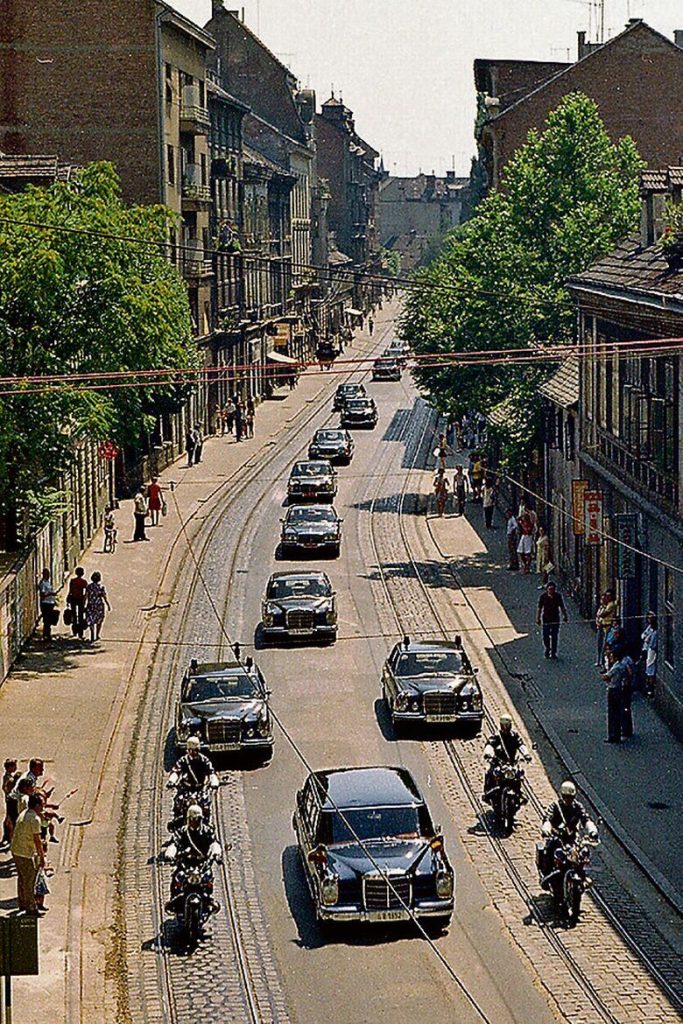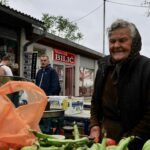Željko Krčadinac has been taking photographs from his apartment balcony for 60 years.
Željko Krčadinac took his first photograph from his apartment balcony in 1955. Afterwards, he took another 500 photos from the same place and witnessed history, reports Jutarnji List on October 16, 2016.
His apartment is located at Bosanska Street and Ilica and Krčadinac took the first photo when he was twenty years old. It was in 1955, when he saw a crowd gathered around a traffic accident. At the time, he was only becoming interested in photography. Afterwards, he continued taking photos from the same location for six decades, and recorded five hundred photos.
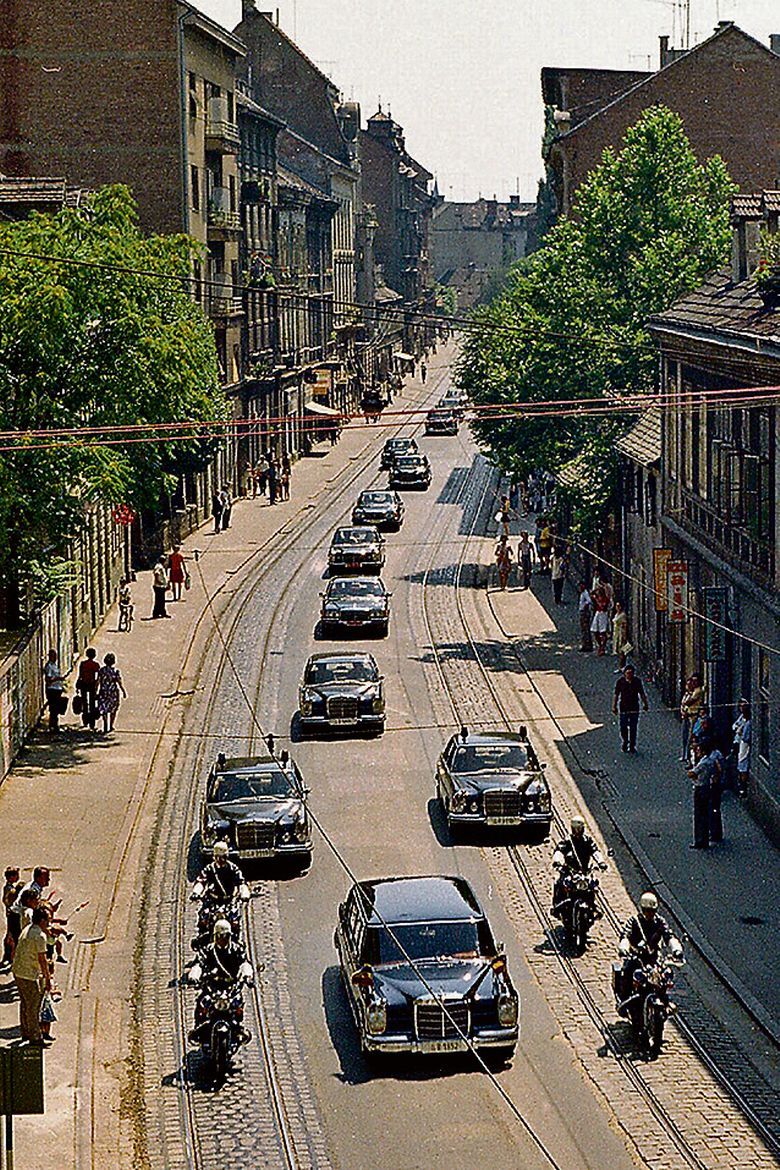
During the years, he has witness many historical changes, for example, he took photos of a Tito’s passing motorcade in black limousines, a parade of pioneers on Youth Day during the communist regime, the crowd returning from the funeral of first Croatian President Franjo Tuđman, celebrations in the streets after the victory of Croatia against Germany at the 1998 World Cup, mass protests of workers in the 2000s, and many other events.

Changes in the city can be seen in numerous details in his photographs. For example, when he recorded the first photo, on the ground floor of the corner building across from the street was a store called “Bread and Milk”. Through the years, there were several other stores at the same location, and today they have been replaced by a hairdresser. On the other hand, there is a sign of once well-known DTR factory which is now slowly fading.
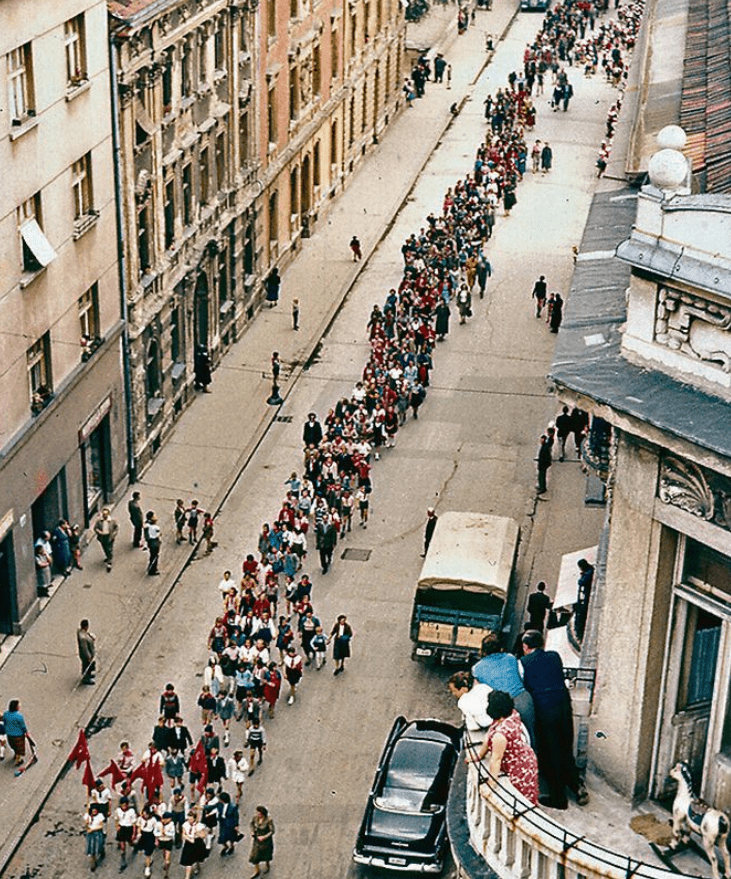
Although some of his most important photos have been taken from the balcony, he traveled all over the world. “I have visited all continents except Antarctica. Travelling was always something that attracted me.” For the first few years after graduation, he was professionally engaged in documentary photography, taking photos of construction sites of Yugoslav construction companies in India, Morocco, Algeria and many other countries for documentary and promotional purposes. He also took many shots of everyday life of local residents. After that, he got a job in an airline. “At the time, employees were able to travel for free, and hotels were cheap”, says Krčadinac.
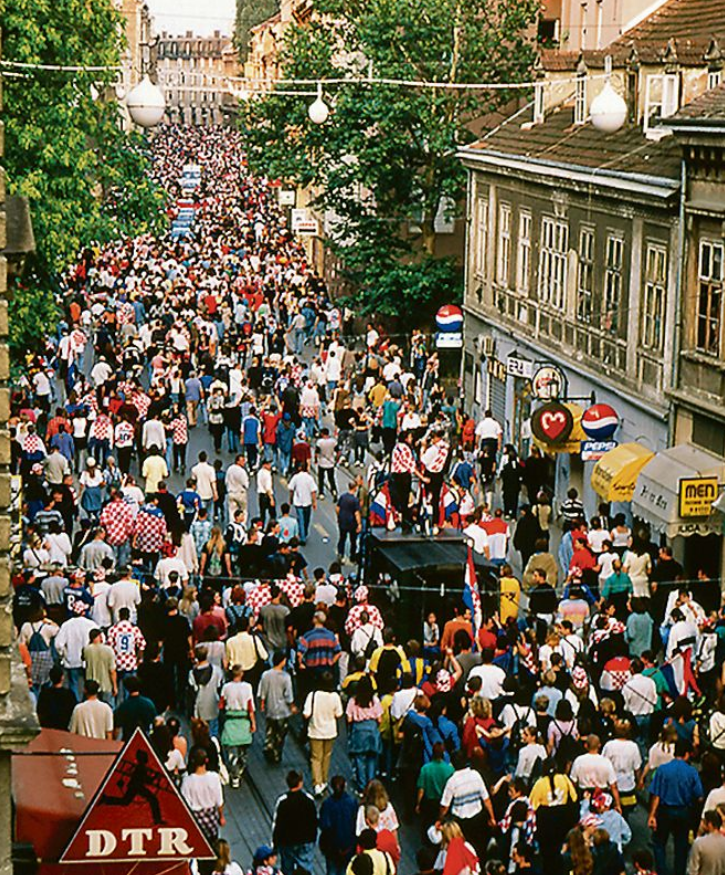
However, he always returns to the subject of documentary photography. “Today, when everybody has a camera on their mobile phones, photography has been turned into a folk art. But, I think that the basic feature of photography is documentarism, which is now being neglected through the excessive use Photoshop”, concludes Krčadinac.

